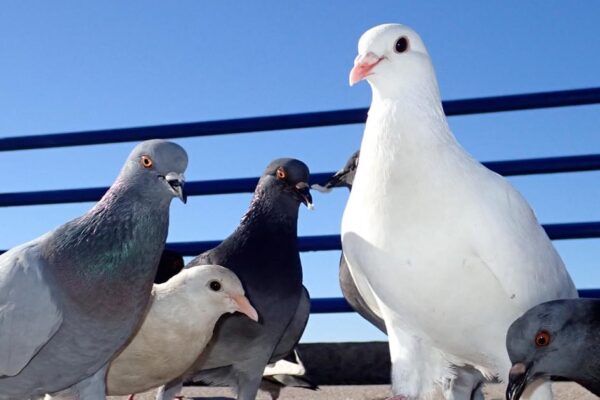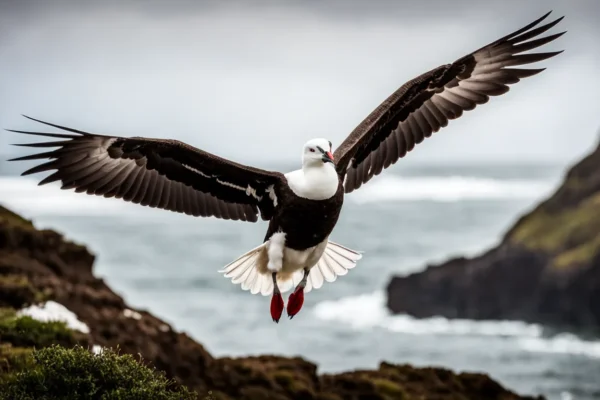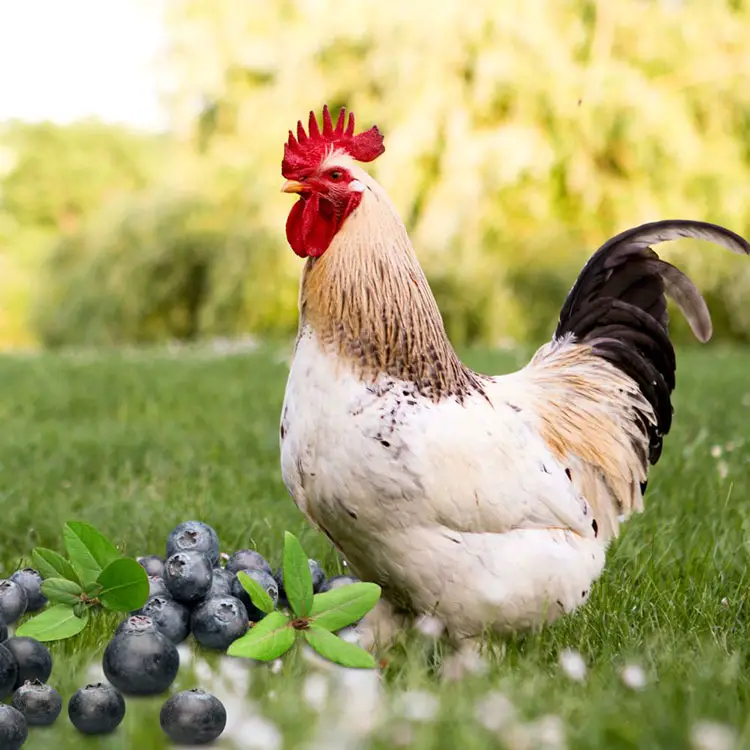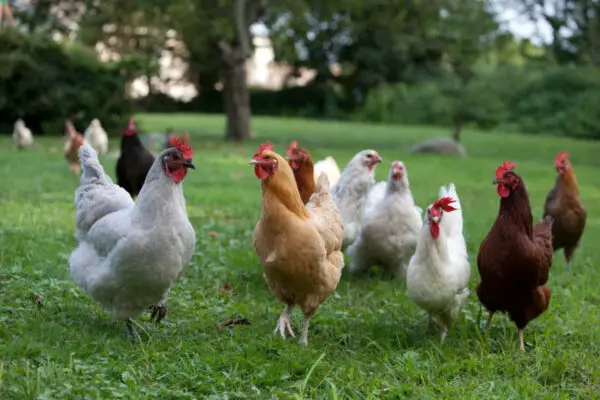The Eastern Bluebird, a little songbird with a royal blue head, back, and wings, a brownish red breast, and a white belly is the state bird of Missouri.
When compared to the other 50 states, Missouri, a state in the Midwest, falls somewhat in the center of the list in terms of both land and population.
With 69,715 square miles of land and little over 6 million people, it ranks 19th in terms of population density and is the 21st biggest state by size. Missouri is known for its dramatic weather; the state often has hot, muggy, and rainy summers and chilly, sometimes freezing winters.
The Missouri Legislature designated the Eastern Bluebird (Sialia Sialis) as the official bird of Missouri in 1927.
It was selected because, in addition to being a common bird in Missouri, it represents pleasure and happiness.
Its voice, gorgeous plumage, and non-aggressive demeanor won over many. Another beneficial bird is the eastern bluebird, which aids in managing insect populations.
Knowledge about The State Bird of Missouri
The remarkable vision of Eastern Bluebirds allows them to detect little insects up to 60 feet away.
To entice a mate, male bluebirds can sing up to 1000 different songs in an hour while keeping their beaks closed.
Seventy percent of bluebirds probably pass away before they become one year old. On the other hand, the longest-living known wild Eastern Bluebird lived for ten years and six months.
Since bluebirds are said to herald the approach of spring, they represent joy, love, hope, and rebirth.
The nesting chambers used by Eastern Bluebirds are often modest. After selecting the nesting location, the male puts on a show to entice a female.
Identification
Small in size, Eastern Bluebirds have black eyes, legs, and bills that are short and thin.
They weigh between 0.95 and 1.2 ounces and are between 6.3 and 8.3 inches long with a wingspan of 9.8 and 12.6 inches.
The male Eastern Bluebird’s bright-blue upperparts, cinnamon breast, and white belly help people distinguish this bird. The female’s hue is duller and her blue content is lower.
Their head is gray, while their tail and wings have a duller, more grayish blue color. The young have blue wingtips, a pale orangish-brown breast, and a light gray coloration. As they mature, the colors become more noticeable.
Eastern Bluebirds may be found almost all the way from southern Canada to Mexico, which is east of the Rocky Mountains. For perching, nesting, and foraging, Eastern Bluebirds like open spaces with little to no ground cover and scattered trees.
These birds may be seen in fields, pastures, backyards, suburban parks, mature open forests, and forest openings. They like sitting on fences and perching on utility lines.
The nesting preference of Eastern Bluebirds is to construct their nests in trees with holes in them or in other protective cavities, such as nest boxes.
The tiny nest is lined with finer plant material, sometimes with animal hair and feathers, and composed of twigs, weeds, and dried grass. Three to seven pale blue, sometimes white eggs, measuring slightly less than an inch in length and 0.6 to 0.8 inches in breadth, are laid by the female Eastern Bluebird.
Missouri State Bird’s Call
The primary means of communication for Eastern Bluebirds is vocalization; they have distinct songs for mating, demarcating their territory, and attracting predators.
The Eastern Bluebird’s song is a low-pitched warbling that lasts for around two seconds and consists of one to three short notes. In an attempt to entice a female, the solitary males sing while in flight or from a tall perch. When they see predators in their domain, females sing.
The low-pitched warbles of the Eastern Bluebird have a duration of around one second and include words like chir, wi, chur lee, genuinely, and purity.
When adult birds approach too near to one other, they create a sharp shrieking sound to let the other know. Predators will make a loud chit-chit-chit sound when they are close.
They call for a variety of purposes, such as alerting other birds of prey nearby or informing nestlings that food is on the way.
Actions
The majority of Eastern Bluebirds are carnivores. Insects and larvae, spiders, grasshoppers, worms, caterpillars, and snails are the main foods they consume in the summer, but in the autumn and winter, they also consume berries such black cherries, blueberries, blackberries, currants, wild holly, juniper berries, elderberries, hawthorns, etc.
When they are eating, they watch from a low perch, sometimes catching insects mid-air, and then they swoop down to collect them. They either perch or do brief hovering flights to get berries while they are eating.
In addition to being very gregarious and known to form groups of up to a hundred birds, eastern bluebirds are also highly territorial, protecting their nests and the area they graze on.
Although it’s not always the case, they mate in the spring and summer to establish monogamous partnerships that stay together for several seasons. During courting, the male may sing and flap his wings in front of the female with his wings and tail half extended.
The male may feed the female, and couples are seen preening each other’s feathers. While the male obtains the materials for the nest, the female constructs the majority of the nest. Old woodpecker holes and birdhouses are often used by Eastern Bluebirds.
While the male patrols and guards the surrounding area, the female is responsible for the eggs’ incubation. The fledglings are fed mostly insects by both parents until they depart the nest 15-20 days after hatching.
Partially migratory, Eastern Bluebirds depart from their northern nesting areas when food supplies become scarce or other factors become unfavorable. They spend the whole year in the southern portion of their range.
Frequently Asked Questions Regarding the State Bird of Missouri
What bird is Missouri’s state bird?
The Eastern Bluebird is the official state bird of Missouri.
Why is the Eastern Bluebird Missouri’s official bird?
Because it is endemic to the area and is a symbol of optimism and happiness, the Eastern Bluebird is the official state bird of Missouri. With its vivid blue feathers and melodious call, it is a cherished symbol of the state’s unspoiled splendor.
Missouri selected its state bird when?
In 1927, Missouri designated the Eastern Bluebird as its official bird.
Which other states’ state bird is the Eastern Bluebird?
The Eastern Bluebird is the official bird of not just Missouri but also New York and Idaho.
What animal is Missouri’s state animal?
The Missouri mule was designated as the state animal of Missouri in 1995.






One thought on “State Bird of Missouri – Eastern Bluebird | All You Need To Know”